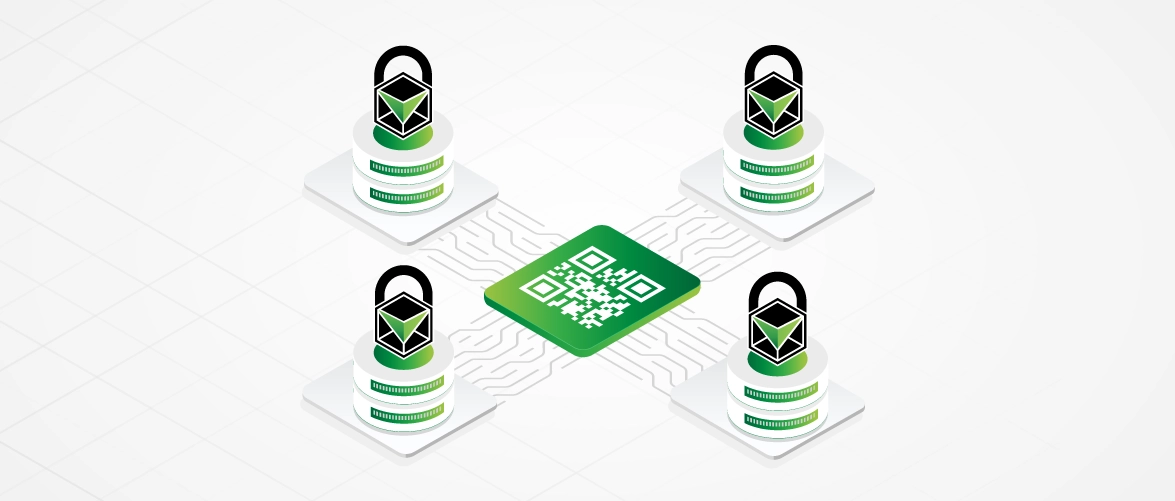What is blockchain generated QR code?
08 Nov 2024

When a QR code is generated, the blockchain system assigns it a unique hash value. When a user or consumer scans a QR code to access information or data, the system first validates the QR code's hash value. The hash value of the QR code is then compared to the hash value in the blockchain. Only if it matches can the user access the URL link. Because of blockchain's immutability, once there is a hash value in the QR codes, nobody can modify or alter it. Furthermore, no two QR codes or transactions can ever have the same hash value as each transaction on the blockchain has a unique hash value.
Blockchain system's unique hash technology makes hacking difficult because attackers would need multiple computers to tamper with the data. These unique hash values, like DNA and fingerprints, cannot be tampered with in any way as there are no two hash values that are the same.
QR codes in general are safe, but because they can be modified, their security is compromised. QR codes based on blockchain, on the other hand, are future-proof. Nobody can change the unique hash value in these QR codes, whether you use them for secure documents or data.